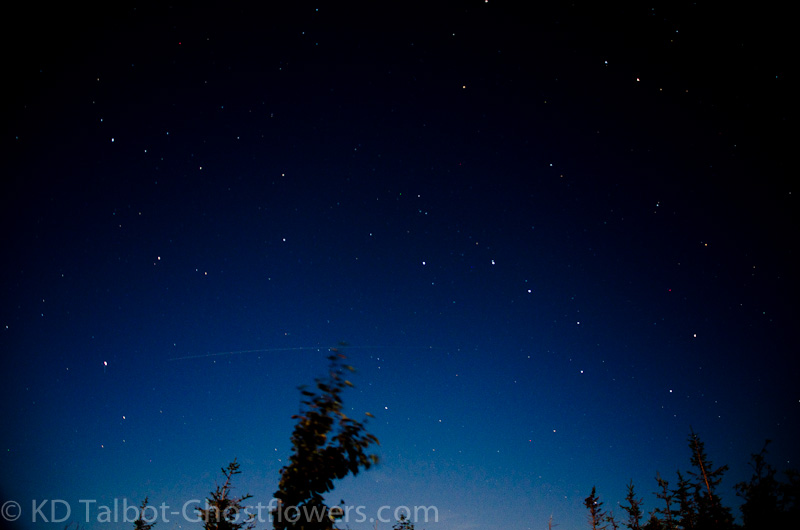DougPaul
Well-known member
The Perseid meteor shower peaks tonight (Fri-Sat, Aug 12-13). Viewing will not be at its best--the moon is nearly full.
http://earthsky.org/astronomy-essentials/earthskys-meteor-shower-guide
Doug
http://earthsky.org/astronomy-essentials/earthskys-meteor-shower-guide
Doug
Last edited:

